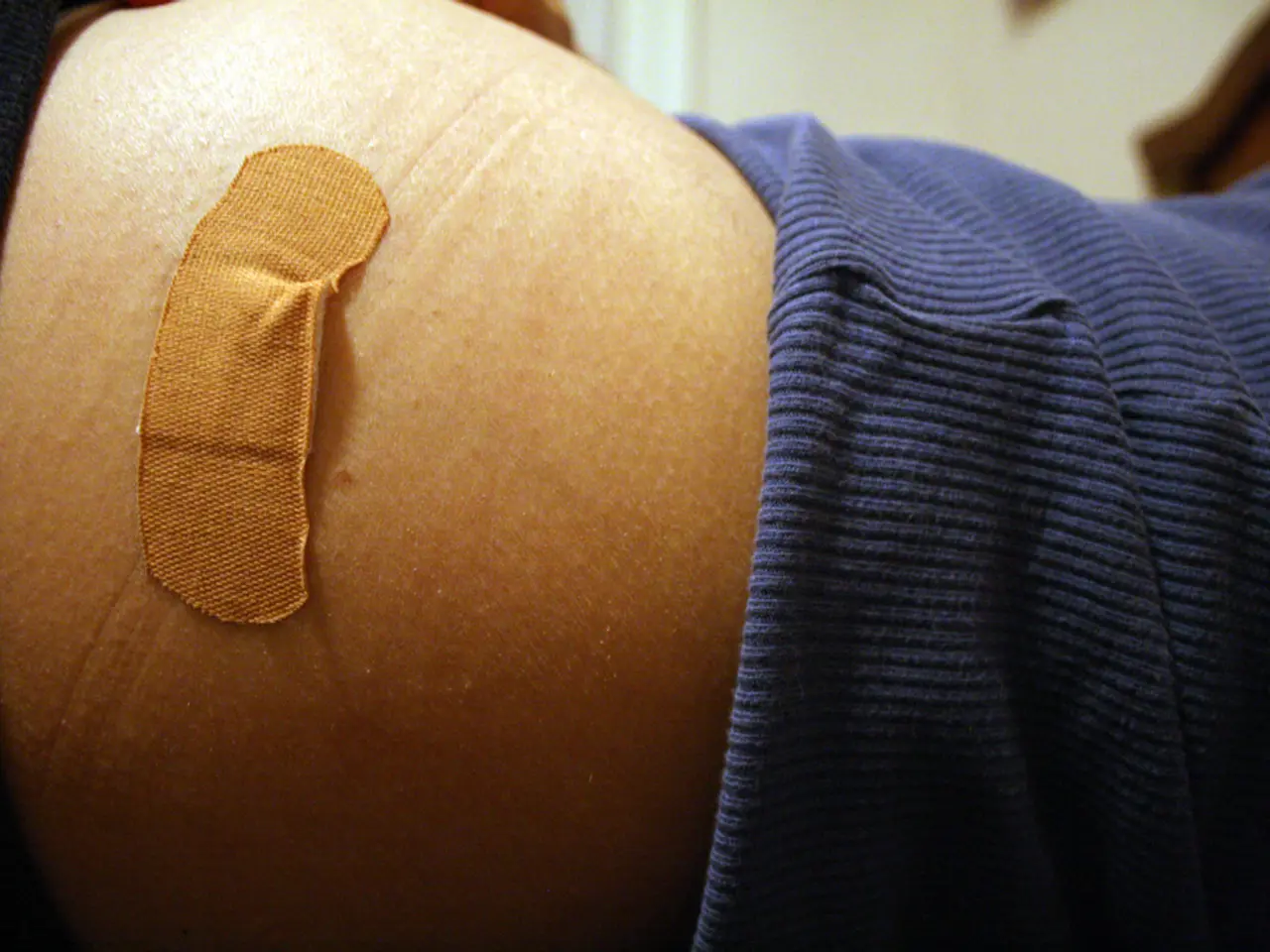Ear Deformity: Understanding Causes, Variations, and Remedies (Microtia)
In the world of plastic surgery, one procedure stands out for its ability to bring a sense of normalcy and self-confidence to those affected by a congenital deformity: Microtia ear reconstruction. Dr. Rajat Gupta, a board-certified plastic surgeon in India with 15 years of experience, specializes in this life-changing surgery.
Microtia is a condition where a child is born with an underdeveloped ear, ranging from partially formed to absent altogether. This deformity can affect one ear (Unilateral Microtia) or both ears (Bilateral Microtia).
The most common natural tissue method for Microtia treatment is rib cartilage reconstruction. This procedure involves harvesting a portion of the patient's rib cartilage through a small chest incision. The harvested rib cartilage is shaped into the form of an ear, which is then implanted behind the ear area after an incision there is made.
Typically, rib cartilage ear surgery is performed starting from about 6 to 8 years old. This timing balances the child's growth and the ability to safely harvest adequate cartilage. The procedure may require 2-4 surgeries for optimal results, but highly skilled surgeons can achieve optimal results in the least number of surgeries.
The first operation involves harvesting rib cartilage and preparing a framework that is implanted beneath the skin, reproducing all ear contours but not creating space behind the ear. The second operation creates postauricular sulcus (space behind the ear) to make the ear symmetrical with the other ear. The interval between these two operations ranges from three to six months.
Alternative implant-based techniques, such as the use of porous polyethylene implants (Medpor), start earlier (around 3 years old) but use synthetic material instead of the patient’s own cartilage. This approach often requires fewer surgical stages and can be performed as outpatient surgery with less hospitalization.
It's important to note that Microtia is a congenital disorder, and the exact cause is not known, although some cases may be related to genetic syndromes or drug/medicine intake during pregnancy.
For those considering Microtia ear reconstruction, Dr. Rajat Gupta offers his expertise. To book an appointment, call 91-9251711711 or email contact@our website. Our website is equipped with the latest technology to offer the best remedies and cosmetic procedures for Microtia ear reconstruction.
In conclusion, Microtia ear reconstruction is a transformative procedure that offers a more natural and long-lasting solution for those affected by this congenital deformity. Whether it's through rib cartilage reconstruction or implant-based techniques, the goal is to provide a new ear that grows with the child, heals without problems, and restores self-confidence.
References:
[1] Gupta, R. (2021). Microtia Ear Reconstruction: A Comprehensive Review. Plastic and Reconstructive Surgery Global Open, 9(4), e2798. https://doi.org/10.1097/GOX.0000000000002798
[2] Gupta, R. (2018). Microtia Ear Reconstruction: Current Concepts and Future Directions. Indian Journal of Plastic Surgery, 51(5), 563-572. https://doi.org/10.4103/ijps.IJPS_365_17
- Dr. Rajat Gupta, an expert in cosmetic science, specializes in the aesthetic procedure of Microtia ear reconstruction, offering a solution for those born with medical-conditions like Microtia.
- For individuals considering Microtia ear reconstruction, the rib cartilage surgery, performed starting at around 6 to 8 years old, can provide a more natural and long-lasting solution, involving multiple surgeries for optimal results.
- Alternatively, implant-based techniques, such as the use of porous polyethylene implants (Medpor), may be a suitable option for younger patients, starting around 3 years old, and require fewer surgical stages, making the process less invasive.




